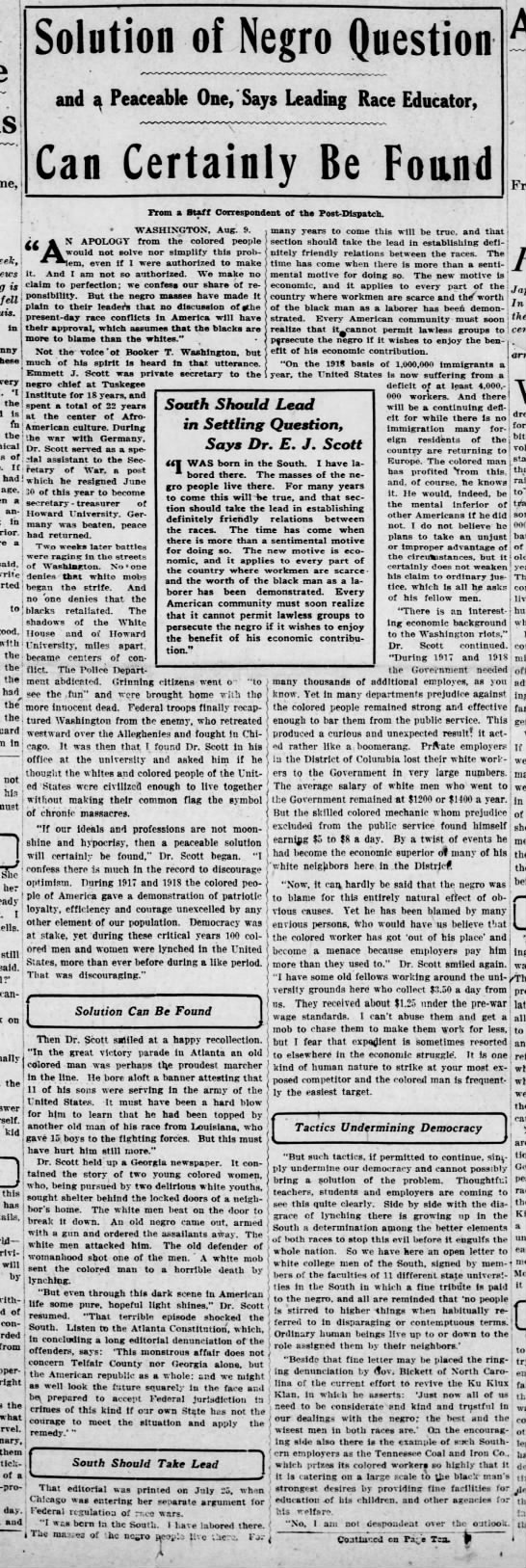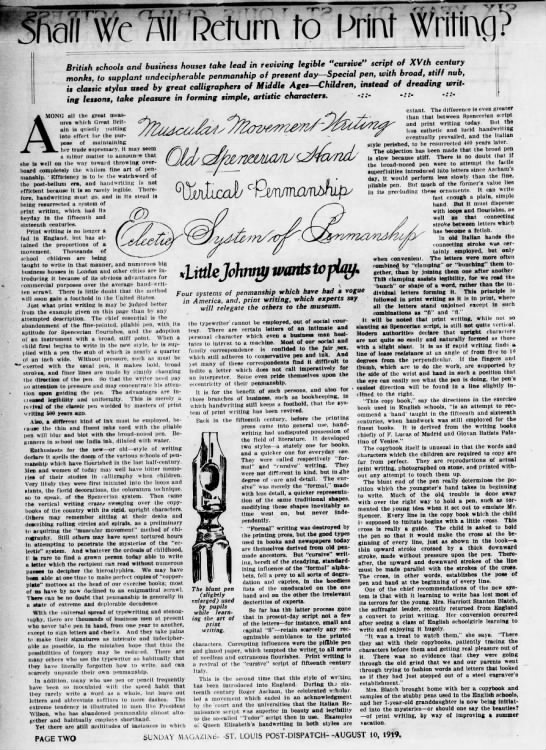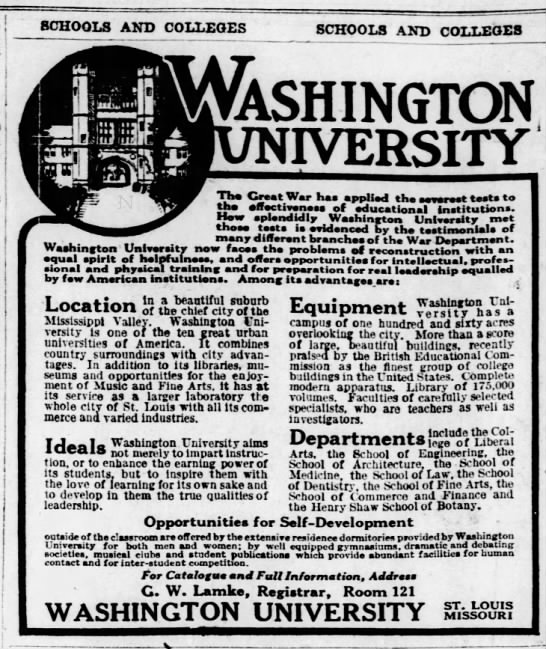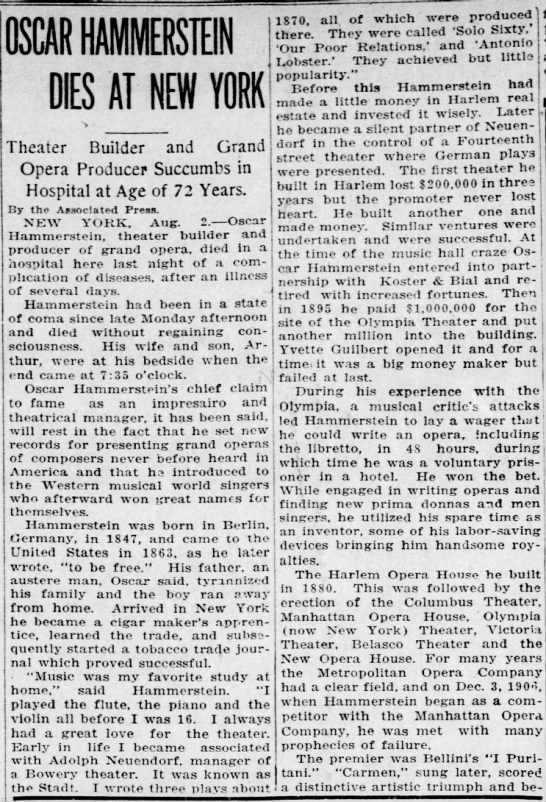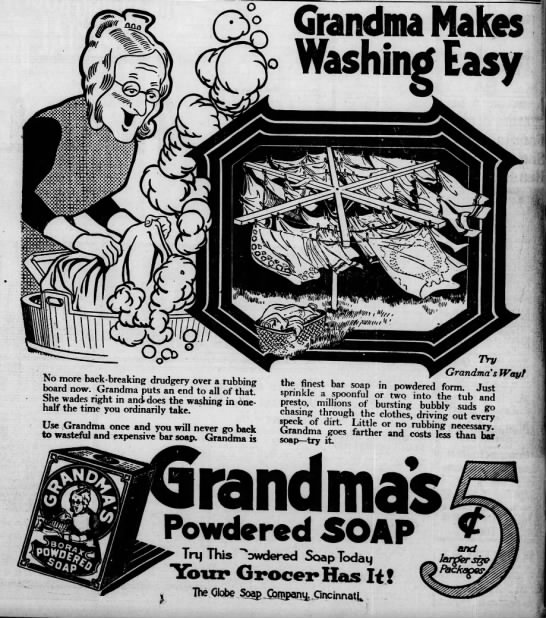My friend Bev Olson has a crate filled with family mementos. Treasures include handkerchiefs and Sweetheart Pillow tops and a flag and photographs from WWI.
Bev's grandfather Ross Baker, the man sitting in the chair in the photograph below, served in WWI.
He brought home a handkerchief and photos from France. You can see the photographs are not postcards, but are on thin photography paper that is curling on the sides.
On the back of the photos is a description written in pencil.
Armistice Day
The ruins of Rheims Cathedral.
Side view of the cathedral at Rheims.
The Church at Corcy.
Soisson Cathedral.
Place de la Concord, Paris, Armistice Day.
General Pershing's car, Dec. 14, 1918.
President Wilson's arrival in Paris. Dec. 14, 1918
President's arrival in Paris.
'Chow Time' postcard.
Ross Baker's son Donald Ross Baker, Bev's father, served in WWII. Donald's WWII Draft Registration card of 12/20/1945 shows he lived in Royal Oak, MI with his mother Tillie A. Baker. Donald was 24 years old, was 5' 11" and 145 pounds with blue eyes, brown hair, and light skin.
The photo below shows his unit.
He sent home Sweetheart Pillow cases.
Bev even has one her father's U. S. Army Field Ration Dinners!
Of course, I had to do genealogy research on the Baker family.
I found the marriage record for Ross W. Baker and Tillie Doebler. They married November 23, 1920, in Royal Oak, MI. Ross worked at an oil station and Tillie was an operator. It was the first marriage for both. The officient was Walter, F. Hetzel, and Hawley W. Hopp and Mrs. Hawley Hopp of Redford, MI were the witnesses.
The marriage record shows that Ross's parents were Herman Baker and Josephine Remley.
The 1920 Census shows Herman Baker, 56 years old, was born in Canada to German parents. He immigrated to American in 1867 and was naturalized in 1889. Herman was a general carpenter. Josephine, 60 years old, was born in Michigan to German-born parents. Their son Ross W., age 32, was born in Michigan and worked as a carpenter.
I found a family tree on Ancestry.com showing Herman Baker b. 1862 in Canada and died 1934 in Royal Oak, MI, with wife Josephine F. Remley (1857-1931) and children Pearl (b. 1887), Minnie (b. 1893) and Roswell (b. 1888.) They had linked the 1910 Census showing Roswell Baker, age 20, working as a farm laborer, living with parents Herman and Josephine and above-named siblings. The tree shows Josephine's father Henry was born in Prussia and her mother Fredericka Ritter born in Mecklenburg, Germany.
Tillie's parents were William Doebler and Sophia Schrambeck or Schwanbeck, both born in Germany. An Ancestry.com family tree shows they also had children Charles (b. 1884), Winifred (b. 1887), and Frederick H. (b. 1891) along with Tillie Anna (1890-1970).
The 1930 Census shows Ross (40 years old), Tillie (40 years old), and Donald R. (8 years old) living in Royal Oak, MI. Ross was a WWI Veteran working as a truck driver. Their home was valued at $3,000. Ross and Tillie were both first-generation Americans; Ross's father was Canada English and his mother was born in Germany. Tillie's parents were born in Germany.
The 1940 Census shows Tillie, age 50, a housewife, and Donald, age 18, working as a clerk with a salary of $650.
Donald married Lavina Mintz on November 13, 1944, in Santa Anna, Orange Co, California. Lavina was born 1928 in Fredonia, North Dakota to Arndt Edwin Mints and Caroline Whittmeyer, and she died in 1983 in Royal Oak, MI.
Her great-great-grandfather Ferdinand Mintz (Munz) family came from Bessarabia, Russia in 1890. Before that, the Munz family lived in West Prussia and another generation back in Rheinland-Pfalz. So, the family were Palatine Germans driven from their homeland, first into Poland/Prussia and then into Russia--like my husband's Bekofske ancestors.
Donald passed in June 1986, in Clawson, MI.
Here is the Baker family tree:
First generation:
Herman Baker married Josephene Remley, daughter of Henry Remley
Second generation:
Herman and Josephene had child Ross W. Baker
Ross Baker married Tillie Doebler, daughter of William and Sophia Schrambeck
Third generation:
Ross and Tillie had son Donald Ross Baker
Donald Ross Baker married Lavina Minty, daughter of Arndt Edwin Mintz and Caroline Whittmeyer and great-grandaughter of Ferdinant Muntz.
Fourth generation:
Don and Lavina had daughter Beverly



